 Abraham Lincoln
If given the truth, the people can be depended upon to meet any national crisis...
Abraham Lincoln
If given the truth, the people can be depended upon to meet any national crisis...
 Guildford news...
for Guildford people, brought to you by Guildford reporters - Guildford's own news service
Guildford news...
for Guildford people, brought to you by Guildford reporters - Guildford's own news service
Birdwatcher’s Diary No.87
Published on: 15 May, 2015
Updated on: 16 May, 2015
By Malcolm Fincham
Although the Premier league football season draws to a close, the premiership world of the seasoned, competitive and avid avian watchers remains relentless.
And even though I don’t include myself in such higher leagues of bird spotting, it was a too much for me to resist an invite on Sunday, May 10, when I received an early morning phone call waking me from my slumber. It was my ‘manic’ birdwatching friend Dougal.

Citril finches usually live in the mountains of south west Europe, from Spain to the Alps, and are not birds which usually migrate.
A rare bird that had only been recorded once before in the UK on the Fair Isle off Scotland had been sighted in Norfolk. Citril finches are birds that don’t usually migrate. It was not on Dougal’s UK life-list, which now exceeds over an incredible 550 different birds.
We arrived in north Norfolk soon after 1pm having parked in Lady Anne’s drive near Holkham Hall. From there it was a good 30-minute walk to Burnham Overy dunes.
The walk certainly seemed a long one, not aided by the weight of my camera and the smiling faces of the birdwatchers passing us in the opposite direction, nodding with content, having already seen the bird in question.
Fortunately for us it was still present on our arrival. And very obliging too, feeding in the dunes for a good 40 minutes while a large group of observers, many having travelled from the four corners of the UK arrived to surround it.
It then flew up into the nearby pines to rest, no doubt overcome by its popularity and fame.
Before returning home I was also able to add a few more sightings to my personal year list that I have been promising to keep, which now stands at a meagre 133.
These included a marsh harrier as it hunted across a field.
A distant flock of 17 or more dotterel that had stopped of in a field on their way north to their breading grounds in the mountains.
A wheatear among the dunes.
I was also able to add a few first sightings this year, in the way of butterfly, with several small coppers around the dunes.
As well as a few green-veined white butterflies.
More locally, as we entered the month of May, the feel of summer was at last starting to arrive.
Having noticed an odd flash of blue drift through my garden, in shape and form of a butterfly, during the last week or so, I guessed them to be the first of our summer-time blues (of which there ain’t no cure!).
And when one finally settled on my flowering holly bush, I was able to conclude it as being a holly blue.
The arrival of May also brought the May flower into blossom (also known as the hawthorn).
On May 3, I made another visit to Thursley Common, this added to my year list of sightings with a brief sighting of a cuckoo as it flew off eluding me of a photo shot.
I was however able to get close enough for a few record shots of some tree pipits.
And a few more shots of redstarts to add to this year’s collection.
As well as a hobby as it flew over.
And even my first sighting this year of one of its favourite meals, a dragonfly.
I also caught sight of my first swift of the year over Stoughton on May 4, increasing to five or six by the end of the week.
Also noting another sighting of a lone red kite as it drifted high over Slyfield Industrial Estate.
At the Riverside Nature Reserve it was a pleasant sight to see the common terns now settling back in at Stoke Lake, having returned at the end of last month from their winter stay in Africa.
Also on May 4 I recorded and got a few record shots of four common sandpipers stopping off for a rest on the island there, before continuing their journey north to breed.
While later that week, one could be viewed on the tern raft.
Canada geese could now be seen on the lake showing off their goslings.
While on several evenings viewing out across the field from Stoke Lock, an adult Egyptian goose could be seen, sitting on a dead tree stump looking over its partner and three young chicks hidden in the long grass below.
Along the boardwalk leading to the lake a reed bunting could be seen calling most evenings too. And having taken a few photos, I decided to add a short video clip.
Grey wagtails can also be seen by the lock, now feeding their young.
Late in the evening on May 13 as night began to put on it’s purple cloak, I decided on a trip to Whitmoor Common in the hope of getting my yearly sighting of a nightjar, having heard various reports of their arrival back from Africa to a number of our Surrey heathland locations.
As night fell, I heard the distinct call of one.
Also near by I was surprised to hear the cuckoo which had eluded me on my previous visits recently. Although it called just a few time before going to roost, it was pleasing to know it was about. An optimistic thought came to mind to catch up with it on a future visit.
Suddenly in the twilight a nightjar appeared.
Although by then the light had faded too much to get a photo, it was visible enough to the naked eye, by observing its white wing-tips, to confirm it to be a male, as it circled once, and then disappeared into the night air.
Responses to Birdwatcher’s Diary No.87
Leave a Comment Cancel replyPlease see our comments policy. All comments are moderated and may take time to appear.
Recent Articles
- Guildford Institute’s Crowdfunding Project for Accessible Toilet in its New Community and Wellbeing Centre
- Letter: Guildford – Another Opportunity Missed?
- Letter: GBC’s Corporate Strategy – Where Is the Ambition?
- My Memories of John Mayall at a Ground-breaking Gig in Guildford Nearly Six Decades Ago
- Westborough HMO Plans ‘Losing the Heart of the Street’ Says Resident
- College Invests to Boost Surrey’s Economy and Close Digital Skills Gap
- Community Lottery Brings Big Wins for Local Charities
- GBC Housing Plan Promises ‘A Vibrant Urban Neighbourhood’ Near Town Centre
- Hospital Pillows ‘Shortage’ at the Royal Surrey
- Updated: Caravans Set Up Camp at Ash Manor School


Recent Comments
- Ian Macpherson on Updated: Main Guildford to Godalming Road Closed Until August 1
- Sara Tokunaga on GBC Housing Plan Promises ‘A Vibrant Urban Neighbourhood’ Near Town Centre
- Michael Courtnage on Daily Mail Online Reports Guildford Has Highest-paid Council Officer
- Alan Judge on GBC Housing Plan Promises ‘A Vibrant Urban Neighbourhood’ Near Town Centre
- John Perkins on GBC Housing Plan Promises ‘A Vibrant Urban Neighbourhood’ Near Town Centre
- S Collins on GBC Housing Plan Promises ‘A Vibrant Urban Neighbourhood’ Near Town Centre
Search in Site
Media Gallery
Dragon Interview: Local Artist Leaves Her Mark At One of England’s Most Historic Buildings
January 21, 2023 / No Comment / Read MoreDragon Interview: Lib Dem Planning Chair: ‘Current Policy Doesn’t Work for Local People’
January 19, 2023 / No Comment / Read MoreA3 Tunnel in Guildford ‘Necessary’ for New Homes, Says Guildford’s MP
January 10, 2023 / No Comment / Read More‘Madness’ for London Road Scheme to Go Ahead Against ‘Huge Opposition’, Says SCC Leader
January 6, 2023 / No Comment / Read MoreCouncillor’s Son Starts Campaign for More Consultation on North Street Plan
December 30, 2022 / No Comment / Read MoreCounty Council Climbs Down Over London Road Works – Further ‘Engagement’ Period Announced
December 14, 2022 / No Comment / Read MoreDragon Interview: GBC Reaction to the Government’s Expected Decision to Relax Housing Targets
December 7, 2022 / No Comment / Read MoreHow Can Our Town Centre Businesses Recover? Watch the Shop Front Debate
May 18, 2020 / No Comment / Read More



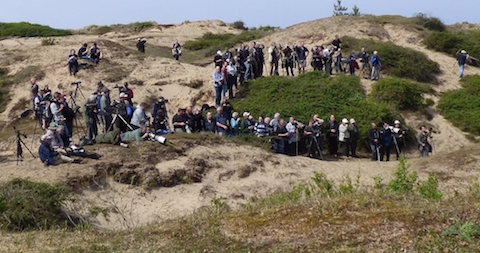
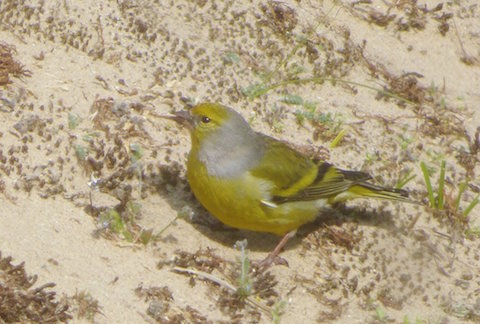

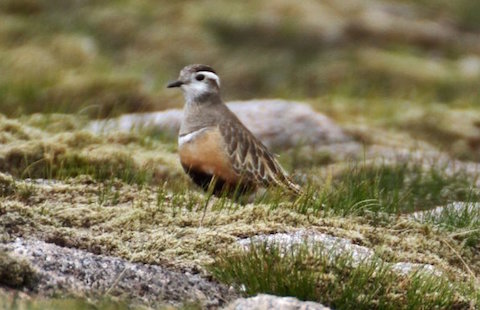
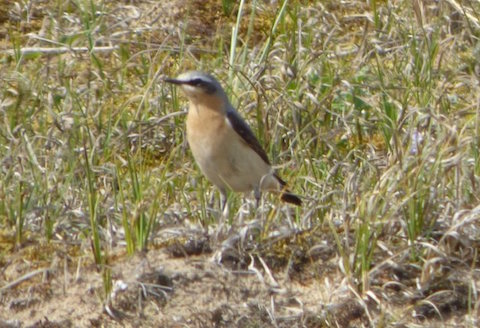
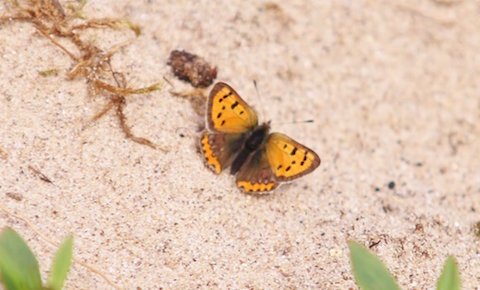
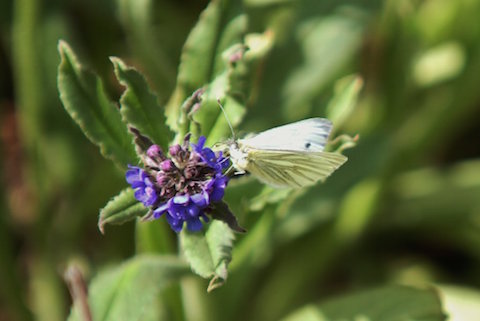
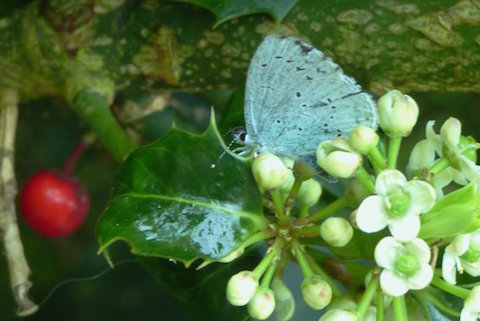
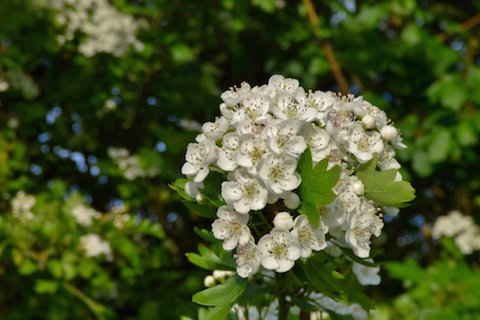
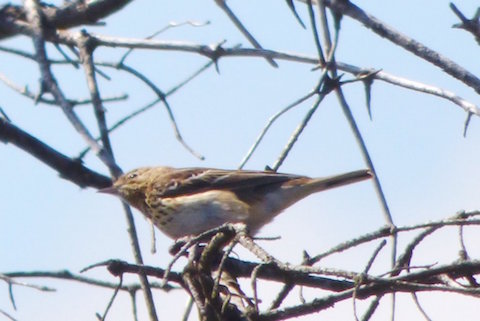
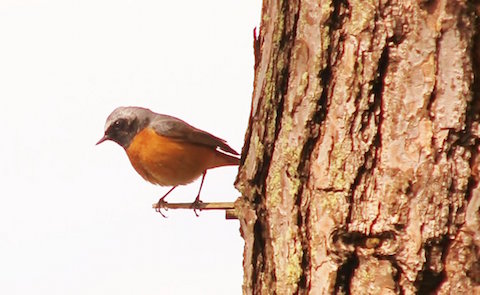
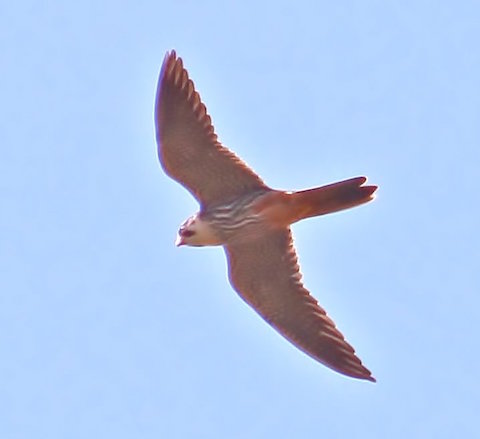
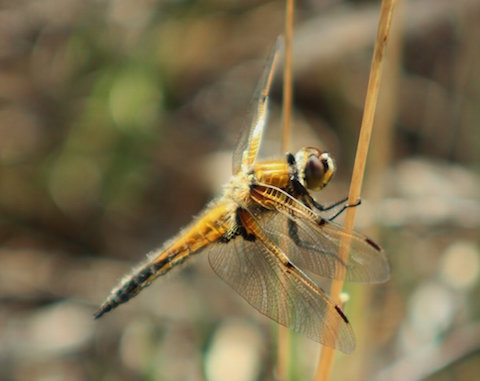
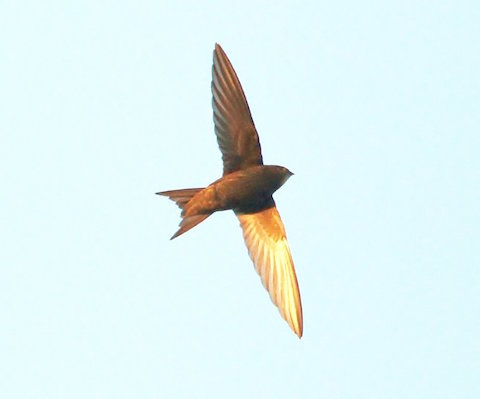

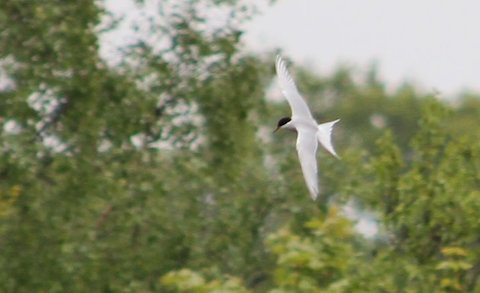


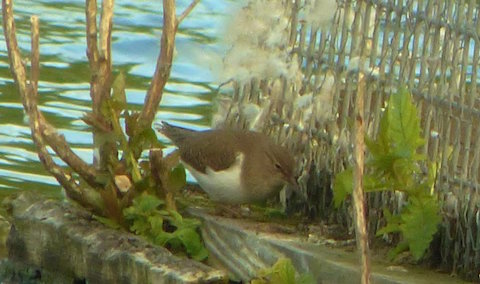
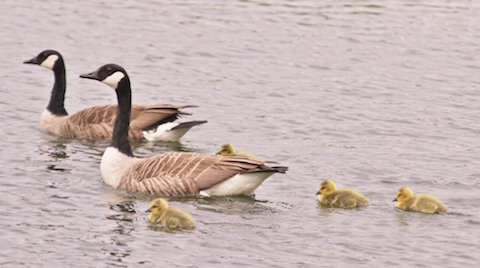
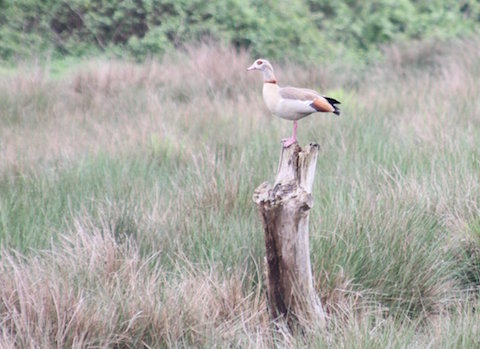
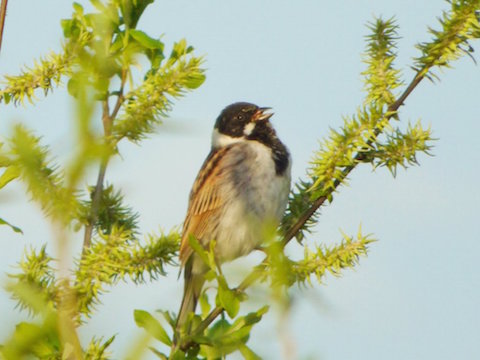
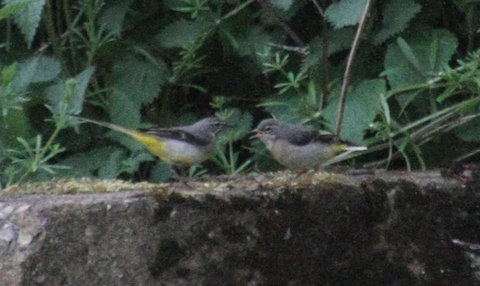
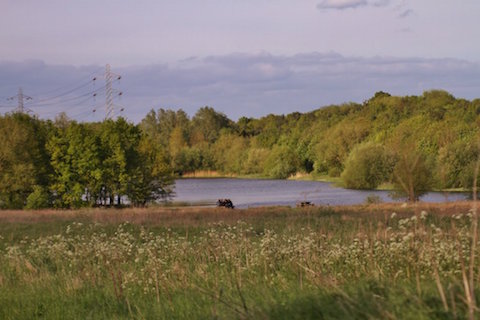







Harry Eve
May 17, 2015 at 10:44 pm
The dragonfly is a Four-spotted Chaser (Libellula quadrimaculata) – a very photogenic species.
Mary Bedforth
May 18, 2015 at 10:36 am
A year or two back I saw one of those dragonflies in Shalford meadow. It was strikingly beautiful.
The egrets are no longer around.
Yesterday I was looking at a pair of Eqyptian geese on the small lake at Hatchlands.